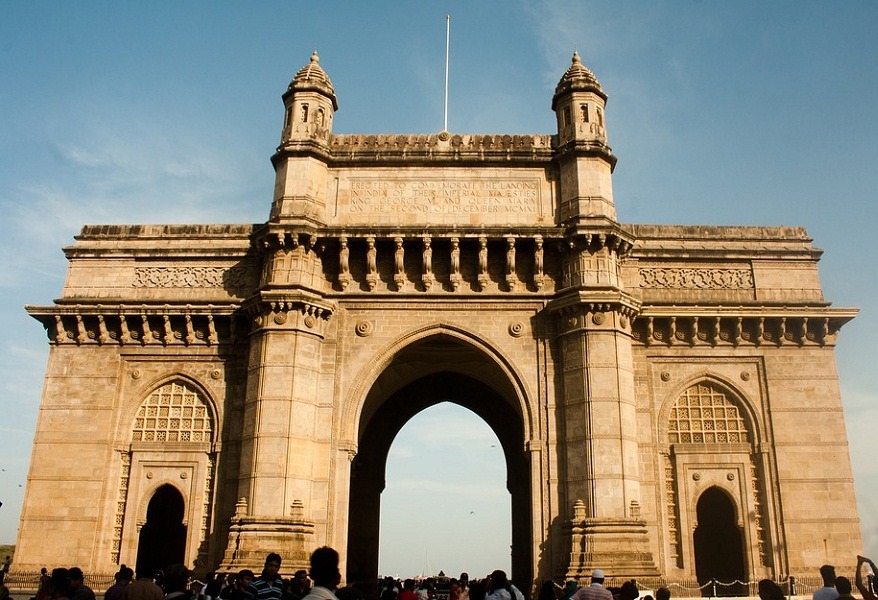Gateway of India
 The Gateway of India is an iconic monument located in Mumbai, India. It holds immense historical significance and is one of the most recognizable landmarks of the city. Here’s a description: The Gateway of India stands majestically at the waterfront of Mumbai Harbor, overlooking the Arabian Sea. Constructed during the British Raj, it was completed in 1924 and served as a symbolic entrance to India for British viceroys and governors.
The Gateway of India is an iconic monument located in Mumbai, India. It holds immense historical significance and is one of the most recognizable landmarks of the city. Here’s a description: The Gateway of India stands majestically at the waterfront of Mumbai Harbor, overlooking the Arabian Sea. Constructed during the British Raj, it was completed in 1924 and served as a symbolic entrance to India for British viceroys and governors.
The architectural style of the Gateway of India is predominantly Indo-Saracenic, blending elements of Indian and Islamic architecture with Gothic and Renaissance influences. Its design features intricate latticework, domes, and minarets, reflecting the grandeur of the British colonial era. The monument consists of a massive arch, measuring around 26 meters in height, adorned with intricate carvings and bas-reliefs. The central dome of the arch is crowned with a sculpture of a “flaming torch of liberty,” symbolizing freedom and independence.
Visitors to the Gateway of India can admire its impressive architecture, take leisurely strolls along the promenade, and enjoy panoramic views of the harbor and the nearby Taj Mahal Palace Hotel. It serves as a popular gathering spot for locals and tourists alike, bustling with activity throughout the day.
Over the years, the Gateway of India has become more than just a historical monument; it has evolved into a symbol of Mumbai’s vibrant spirit and rich cultural heritage, attracting millions of visitors from around the world each year.
